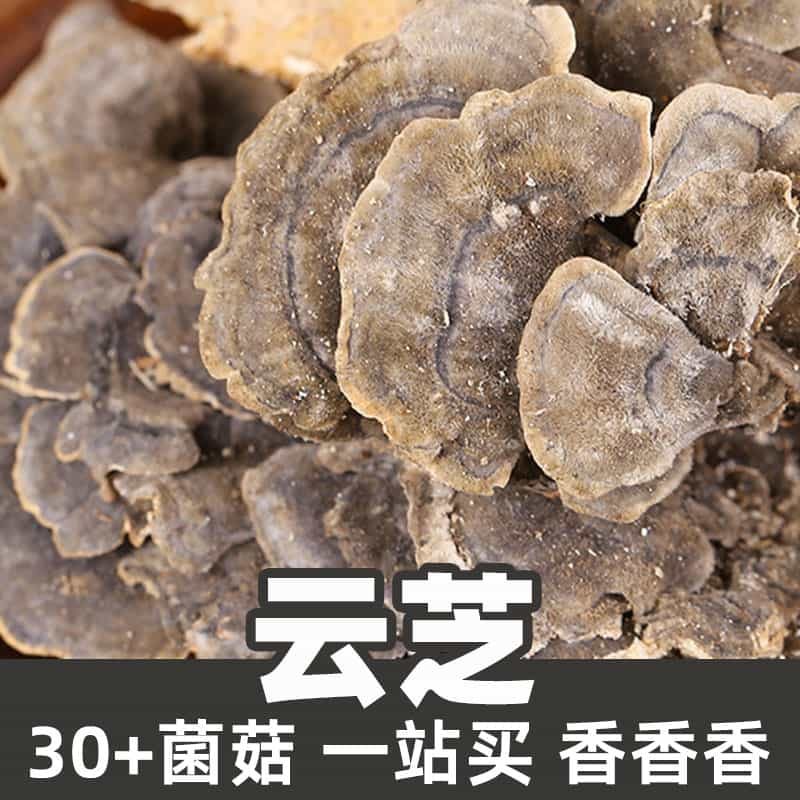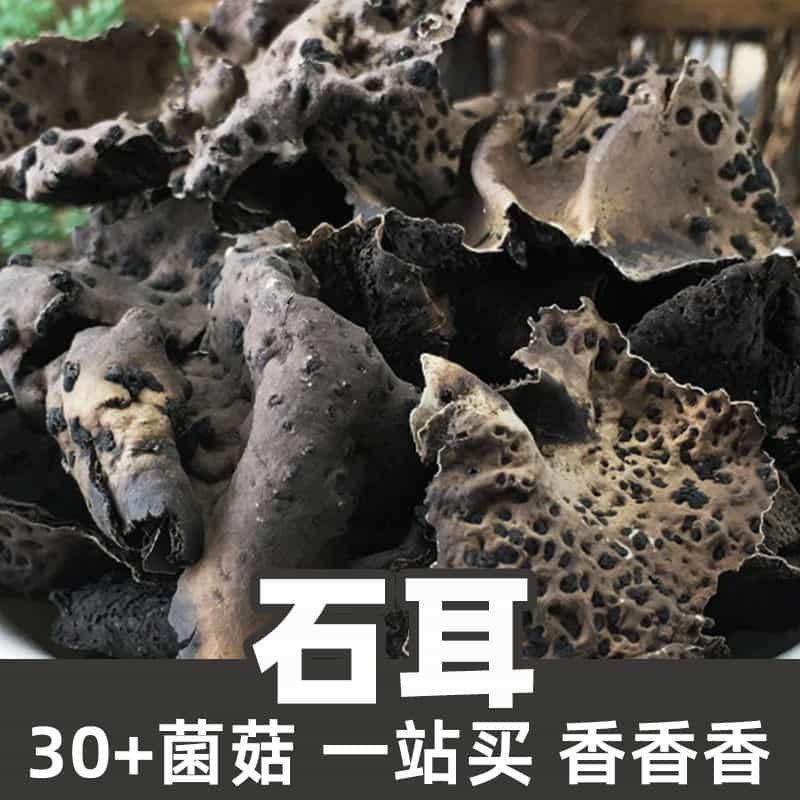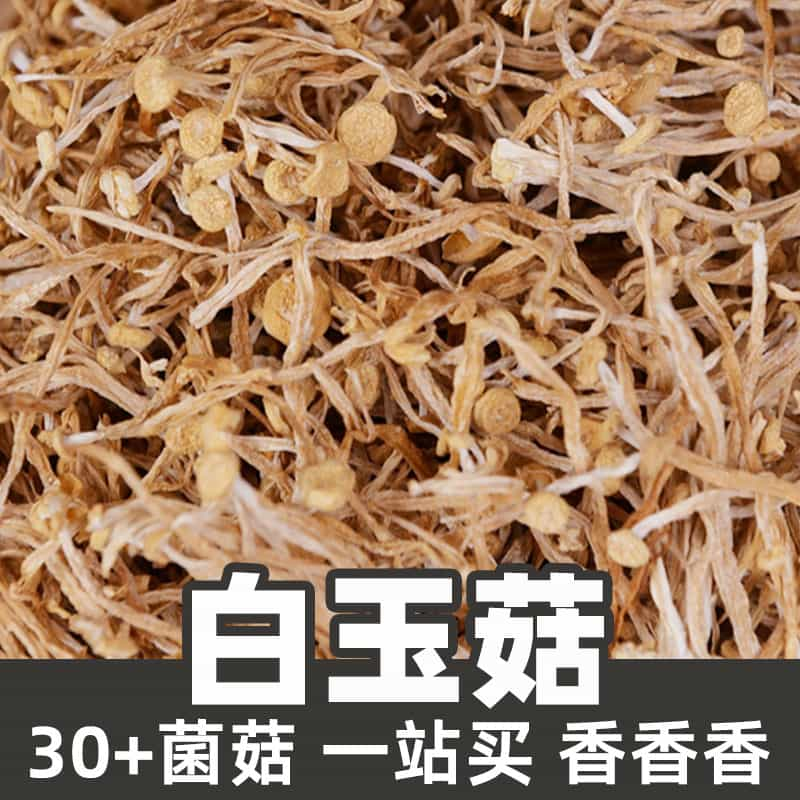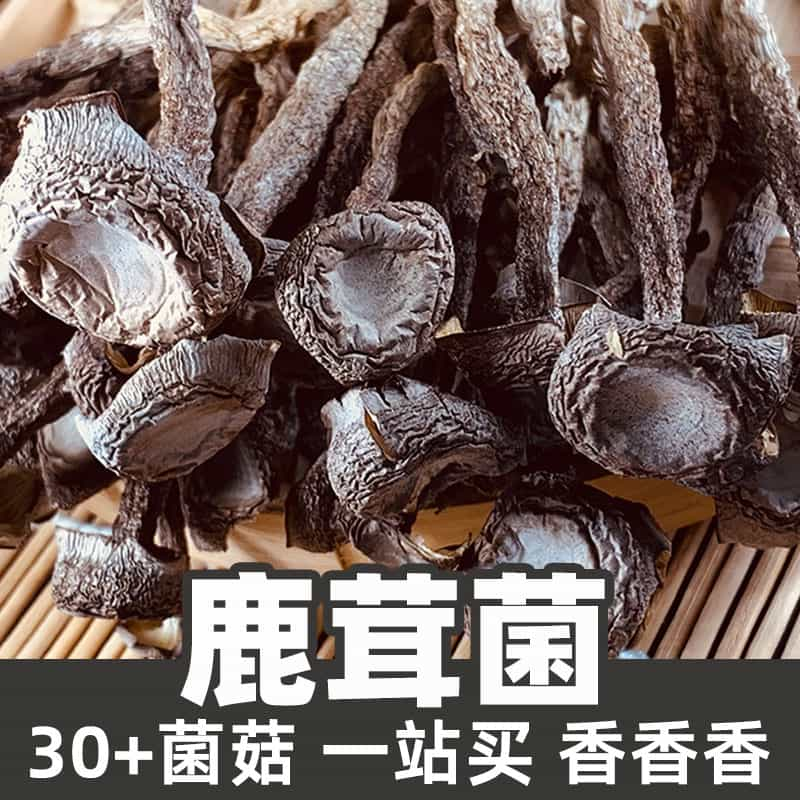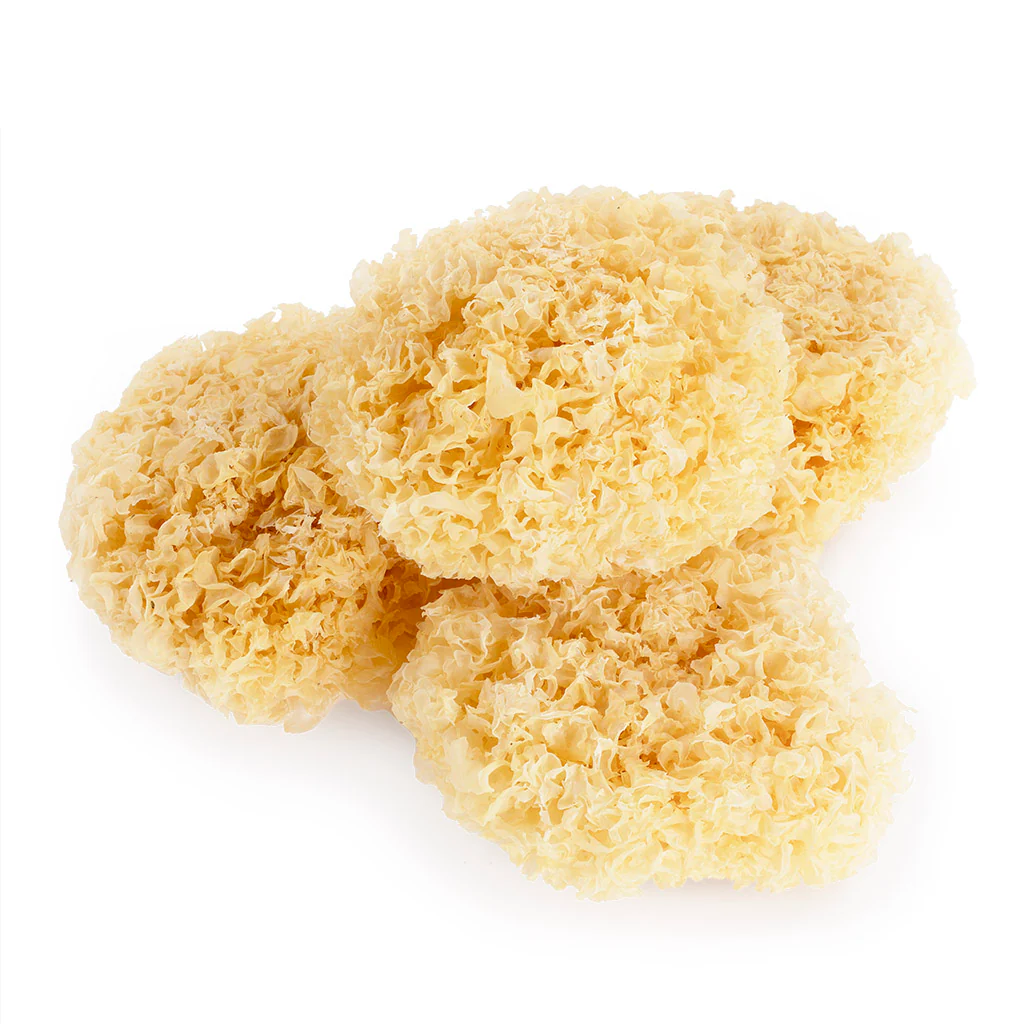Lion's mane mushroom (Hericium erinaceus) is a distinctive and intriguing fungus known for its unique appearance and various health benefits. Native to parts of North America, Europe, and Asia, it grows predominantly on hardwood trees, such as oak, beech, and maple. This mushroom has been used in Traditional Chinese Medicine for centuries and is recognized for its potential to promote neurological health due to its unique compounds. Lion’s mane is often consumed in various forms, including fresh, dried, or as an extract in dietary supplements. The appeal of lion's mane extends to culinary uses, where it is valued for its seafood-like flavor and texture, making it a popular choice in vegetarian and vegan recipes. As ongoing research explores the mushroom's anti-inflammatory and antioxidant properties, it is becoming a focal point in discussions around cognitive function, memory enhancement, and overall brain health.
The key active ingredients in lion's mane mushroom include hericenones and erinacines, which are primarily responsible for its neuroprotective effects. These compounds promote the synthesis of nerve growth factor (NGF), a protein essential for the survival and maintenance of neurons. In addition to these bioactive substances, lion's mane consists of polysaccharides and beta-glucans, which contribute to the mushroom's immune-modulating effects. Polysaccharides are known for their ability to enhance immune response, while beta-glucans provide potential benefits in regulating cholesterol levels and supporting cardiovascular health. Furthermore, lion's mane is rich in essential nutrients such as antioxidants, vitamins, and minerals, enhancing its overall nutritional profile. This unique combination of components positions lion’s mane not only as a culinary delight but also as a promising adjunct in nutritional and therapeutic contexts.
Lion's mane mushroom can be integrated into various applications, making it a versatile product in both dietary and medicinal contexts. In culinary traditions, it is often used as a meat substitute due to its texture, fitting seamlessly into a variety of dishes such as stir-fries, soups, and pasta. The mushroom can be sautéed, grilled, or even incorporated into sauces, making it adaptable for different tastes and preferences. In terms of health applications, lion's mane is frequently found in supplements aimed at improving cognitive function and memory, with products such as capsules, powders, and teas being widely available. The emerging interest in functional foods has seen lion's mane being incorporated into coffee blends, protein bars, and herbal formulations aimed at enhancing overall well-being. Recent studies have suggested potential benefits for neurodegenerative diseases, making it an attractive option for those interested in supporting their neurological health. As more people become aware of the health benefits associated with this mushroom, its usage is likely to expand further into mainstream dietetics and holistic health practices.
Lion's mane mushroom thrives in specific growth environments, favoring temperate and subtropical climates that provide adequate humidity and shade. It primarily grows on decaying hardwood trees, particularly oak and beech, where it feeds on rotting wood. The natural habitat for lion's mane is often found in forests, where conditions are optimal for its growth. This species typically fruits from late summer to early autumn, although in some regions, it may be available year-round on artificial hardwood substrates. Geographic distribution includes parts of North America, Europe, and Asia, with sightings noted in both wild and cultivated settings. For commercial cultivation, controlled growing environments are created, simulating the natural conditions the mushroom requires to thrive. This controlled approach not only ensures consistent yield but also enhances quality by minimizing contamination from other fungi and bacteria that might occur in wild habitats.
Harvesting lion's mane mushroom requires careful handling to maintain its quality and potency. The ideal time for harvesting is usually when the mushroom is young, with long spines, and before they turn yellow, which indicates over-ripeness. Harvesting involves cutting the mushroom cleanly at the base, preserving a portion of the mycelium to aid future growth. After harvesting, lion's mane may be used fresh or dried for long-term storage. The drying process helps in preserving the mushroom, extending its shelf life significantly. During processing, lion’s mane is often cleaned gently to remove any debris without losing its delicate texture. Dried lion's mane should be stored in airtight containers in a cool, dark place, ensuring it remains free from moisture and sunlight. Proper storage not only preserves freshness but also retains the mushroom's beneficial compounds, making it ready for use in culinary and supplement forms whenever needed.
Monica Sun is a seasoned expert in the natural raw materials industry, with over a decade of experience specializing in traditional Chinese medicinal herbs, spices, and fungi. She is skilled in the sourcing, processing, and application of these materials, emphasizing sustainability and innovation. Monica Sun has contributed to the development of high-quality natural raw materials that serve as essential components in functional foods, pharmaceuticals, and cosmetics, delivering tailored solutions to meet diverse market needs.









